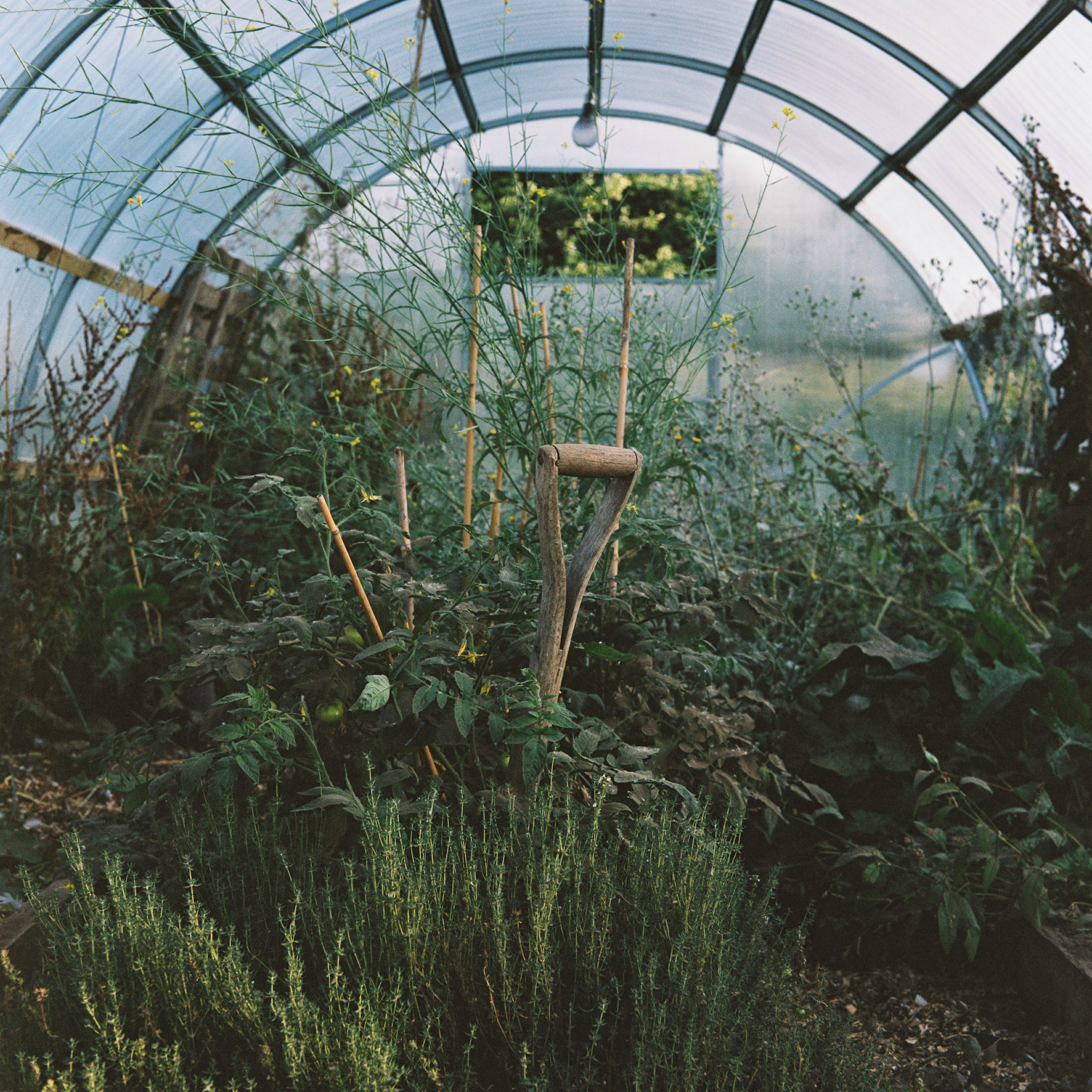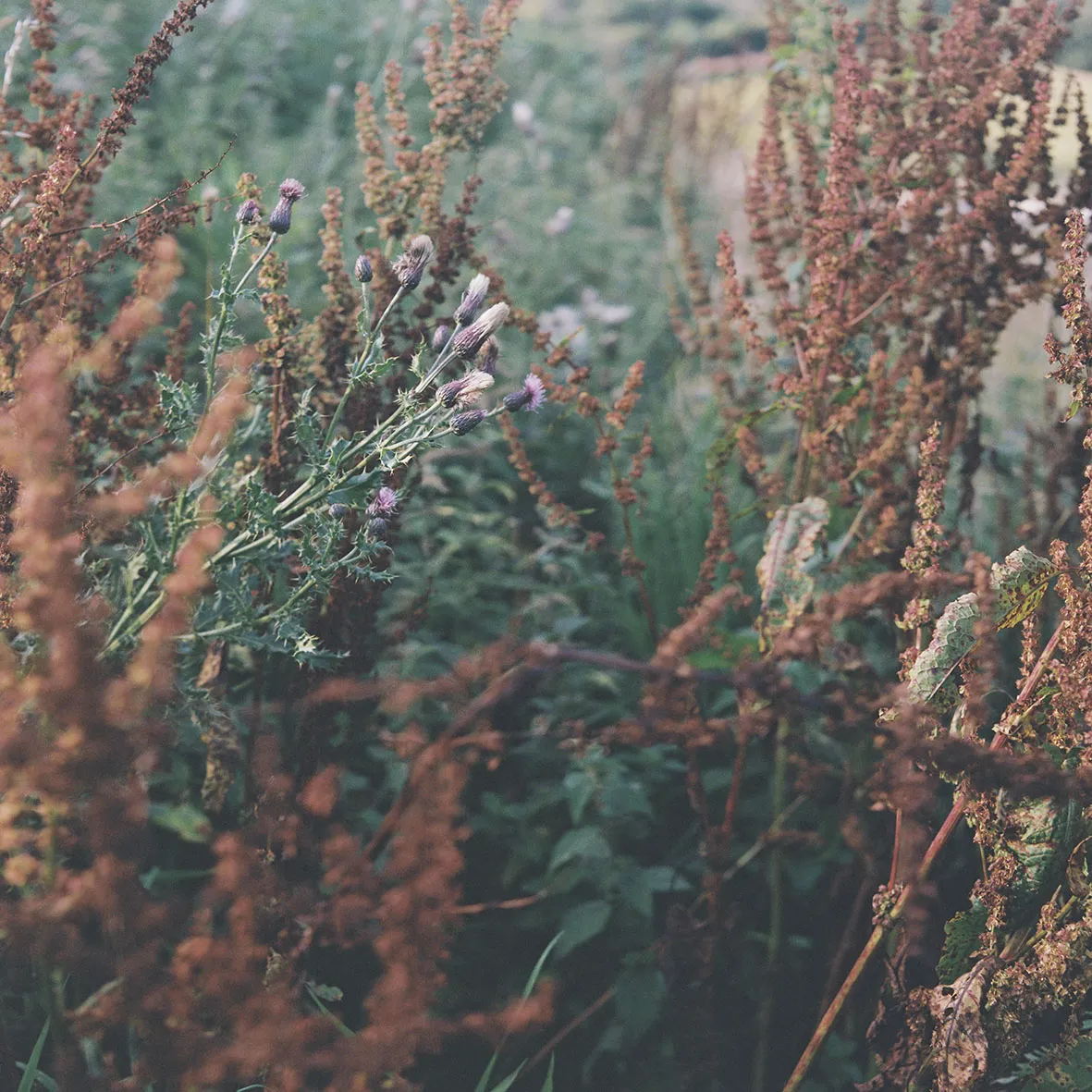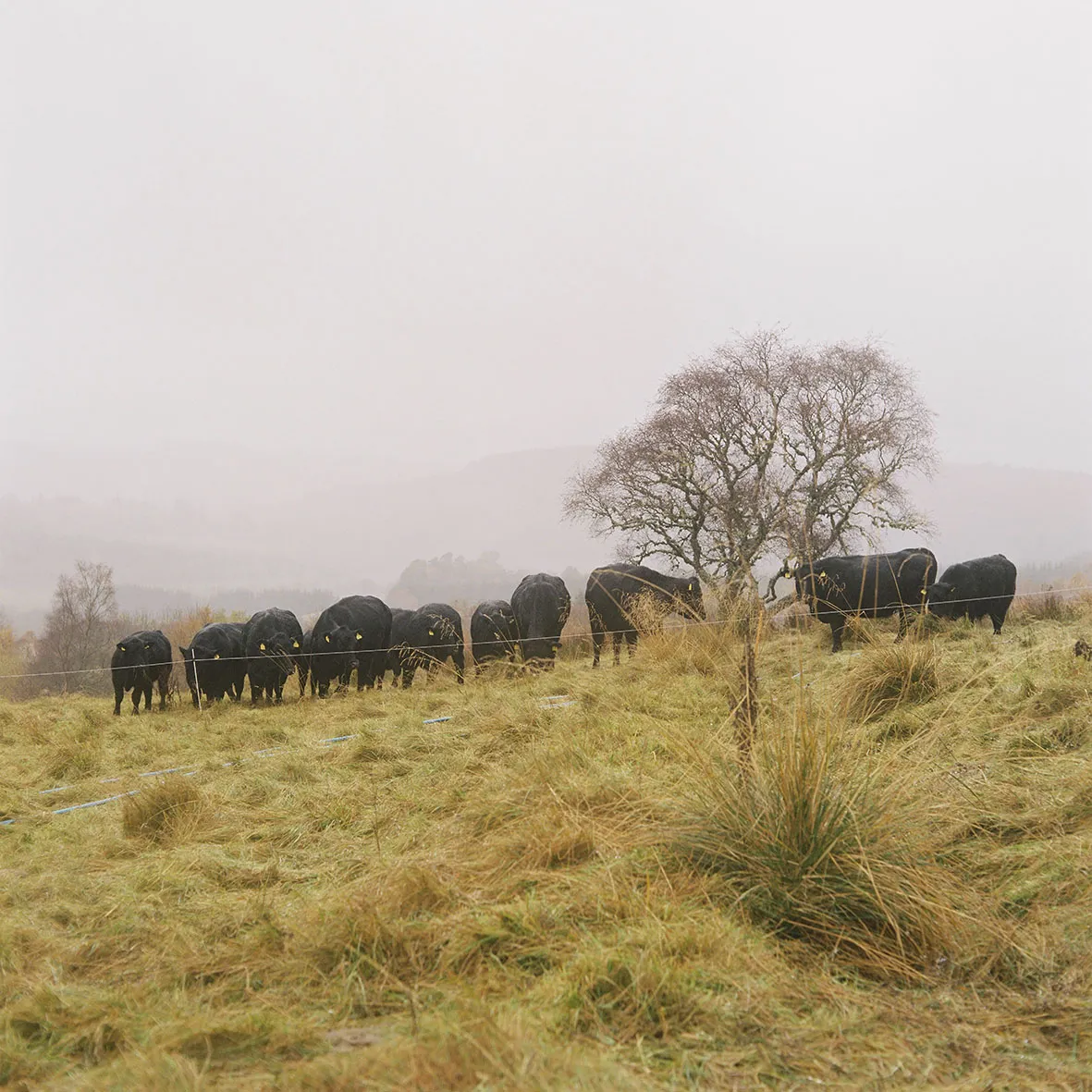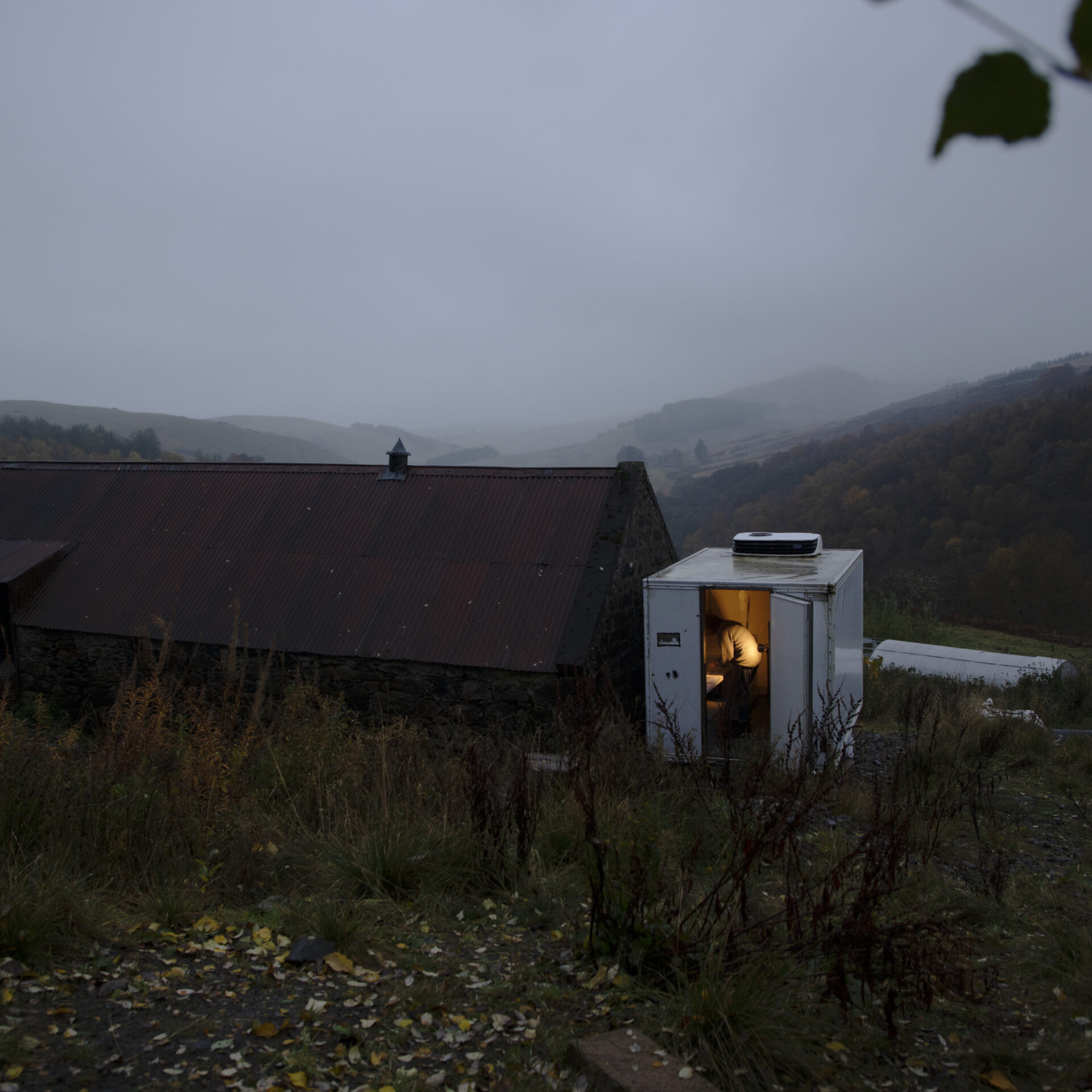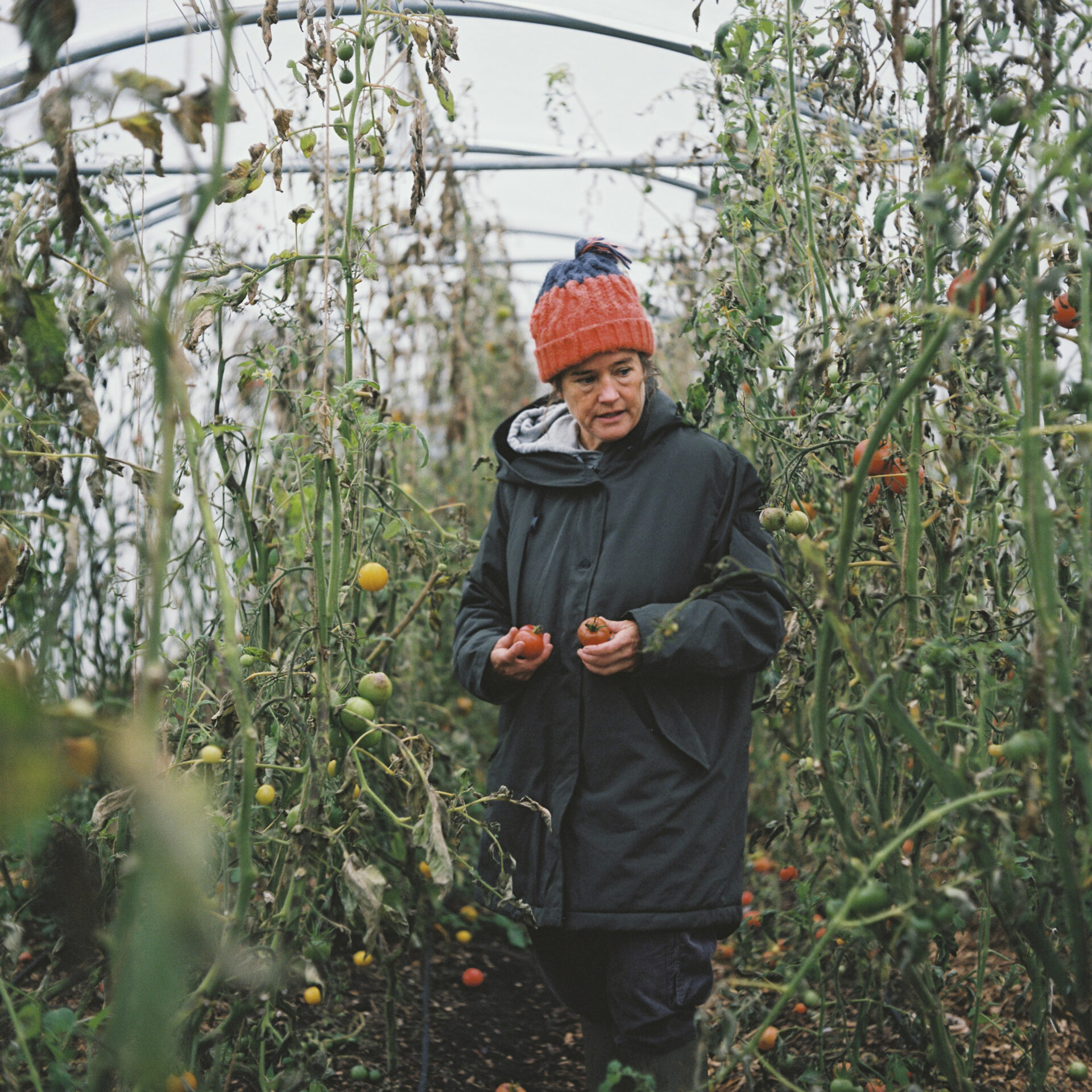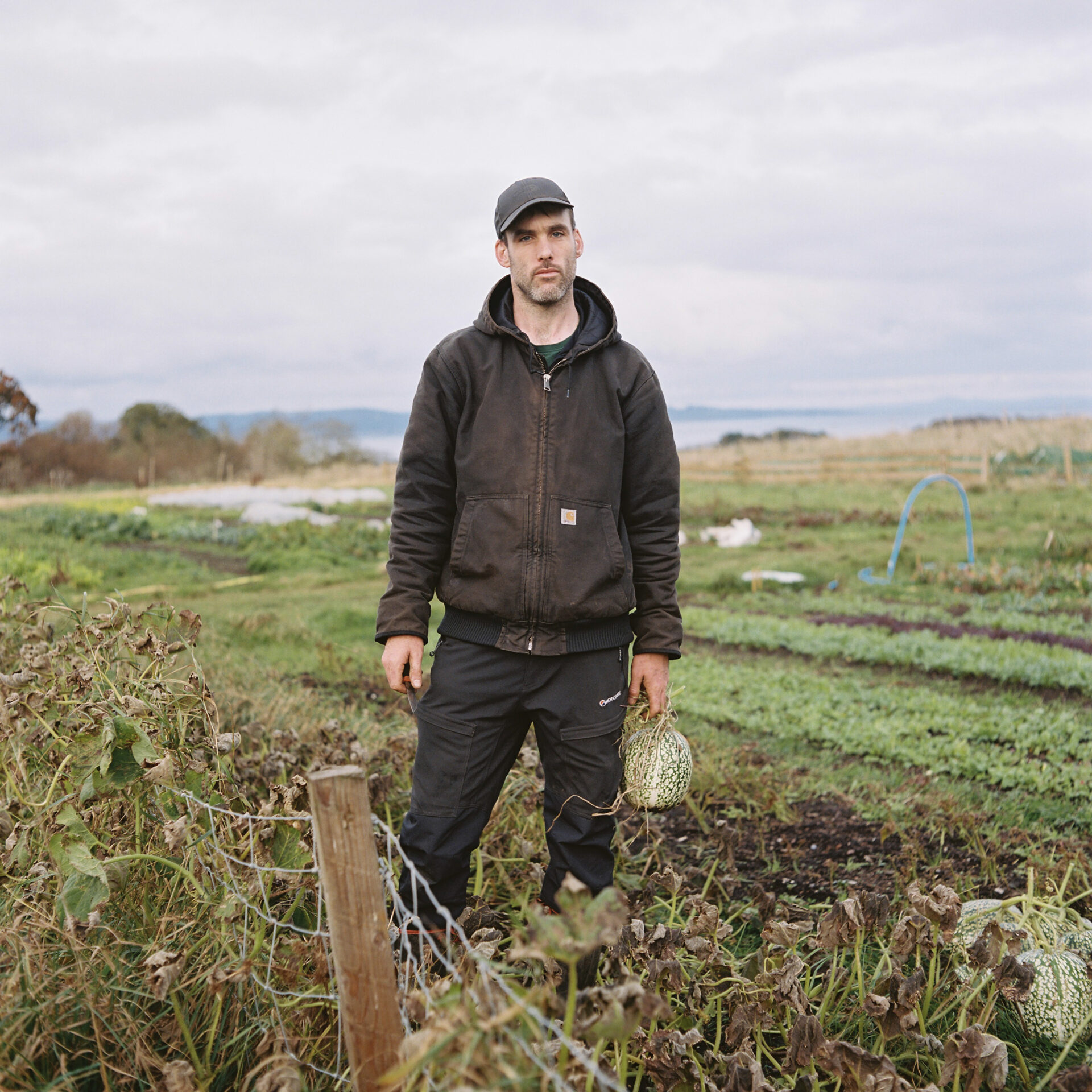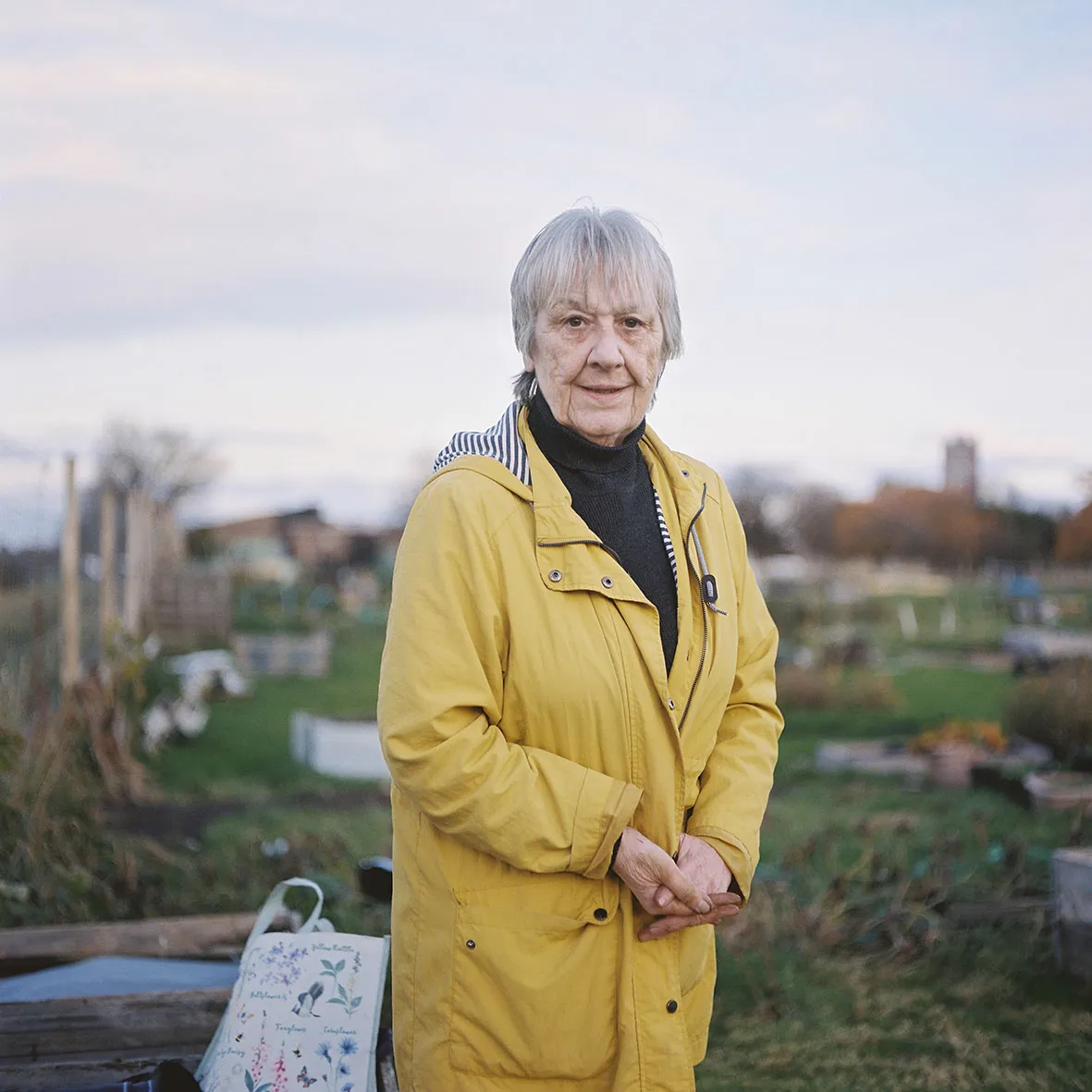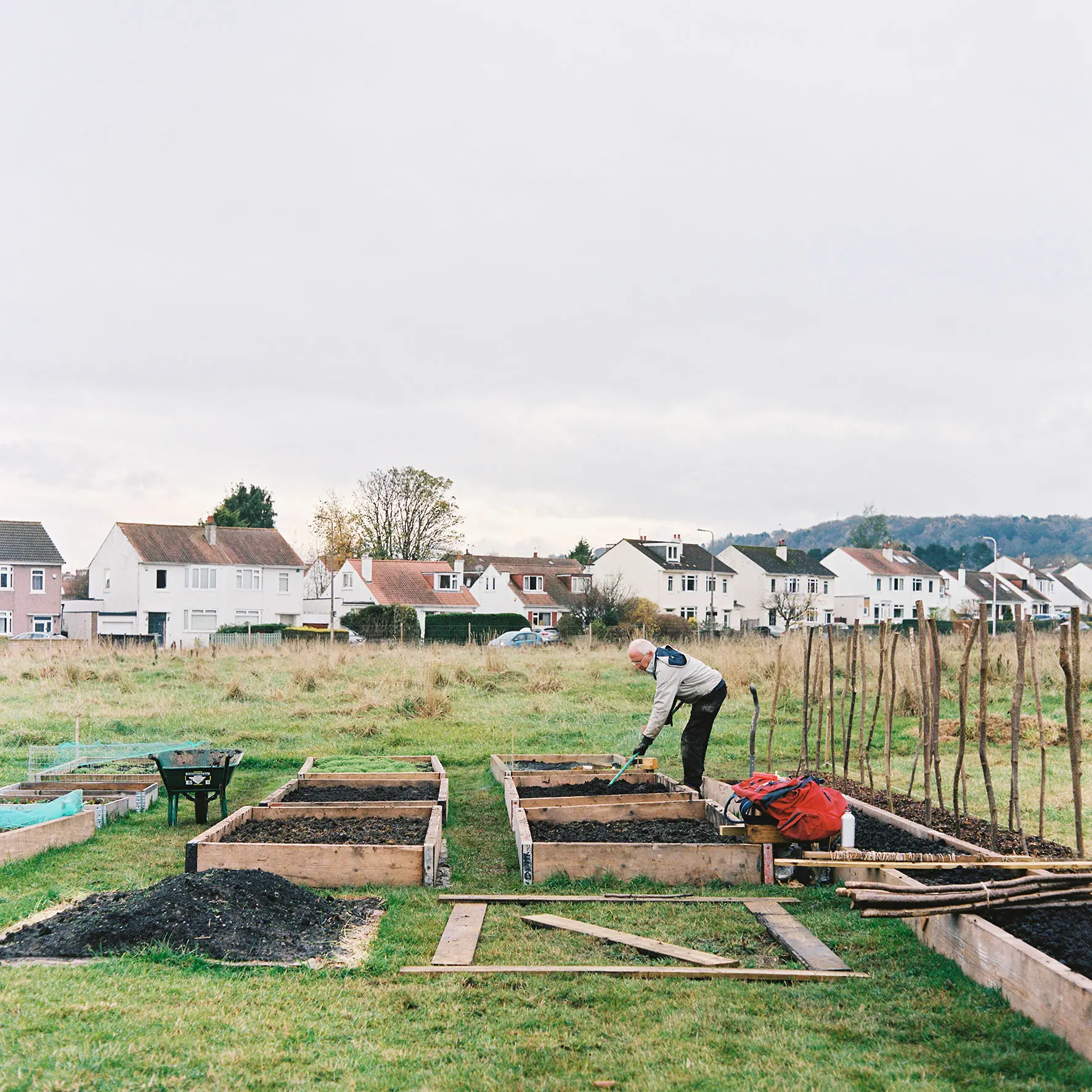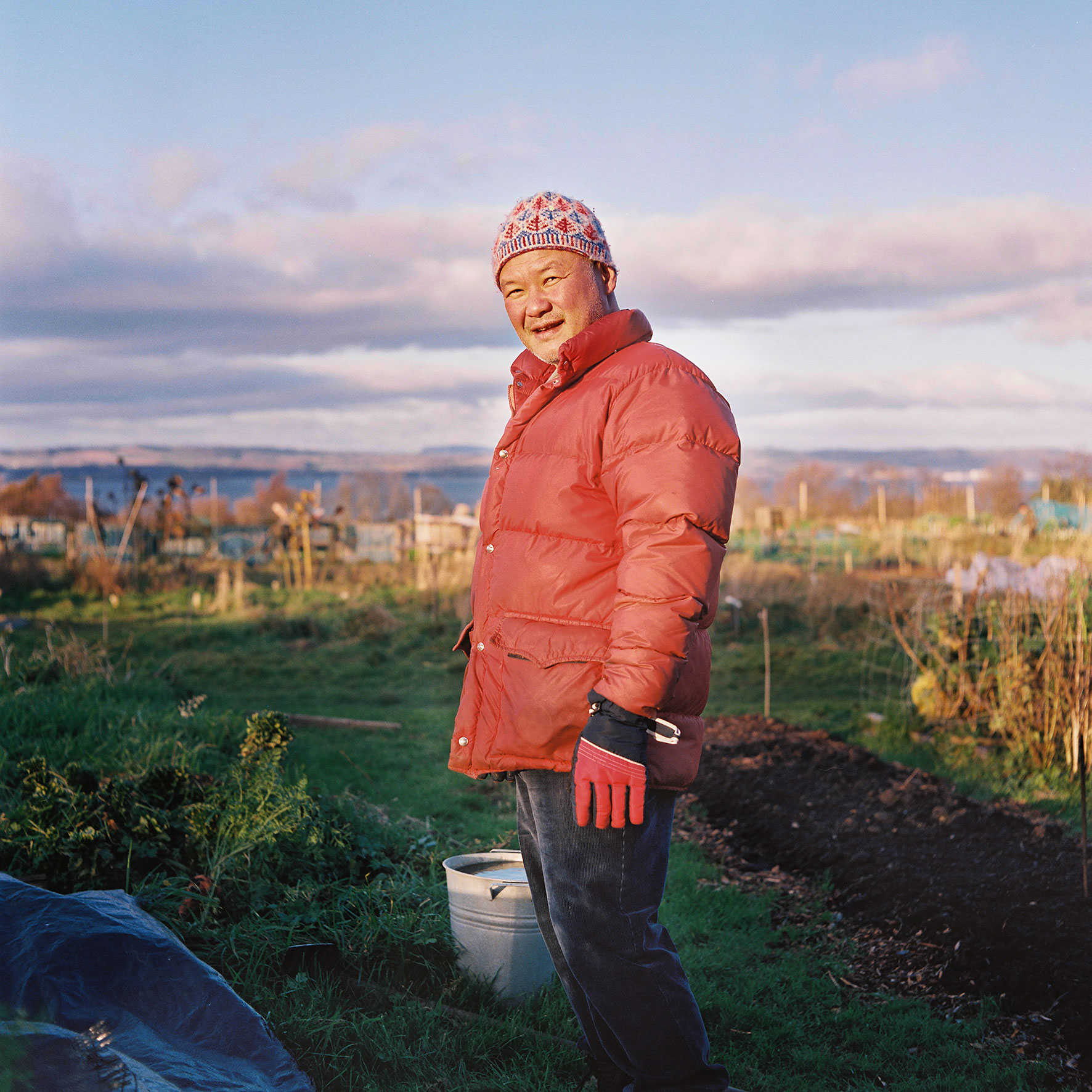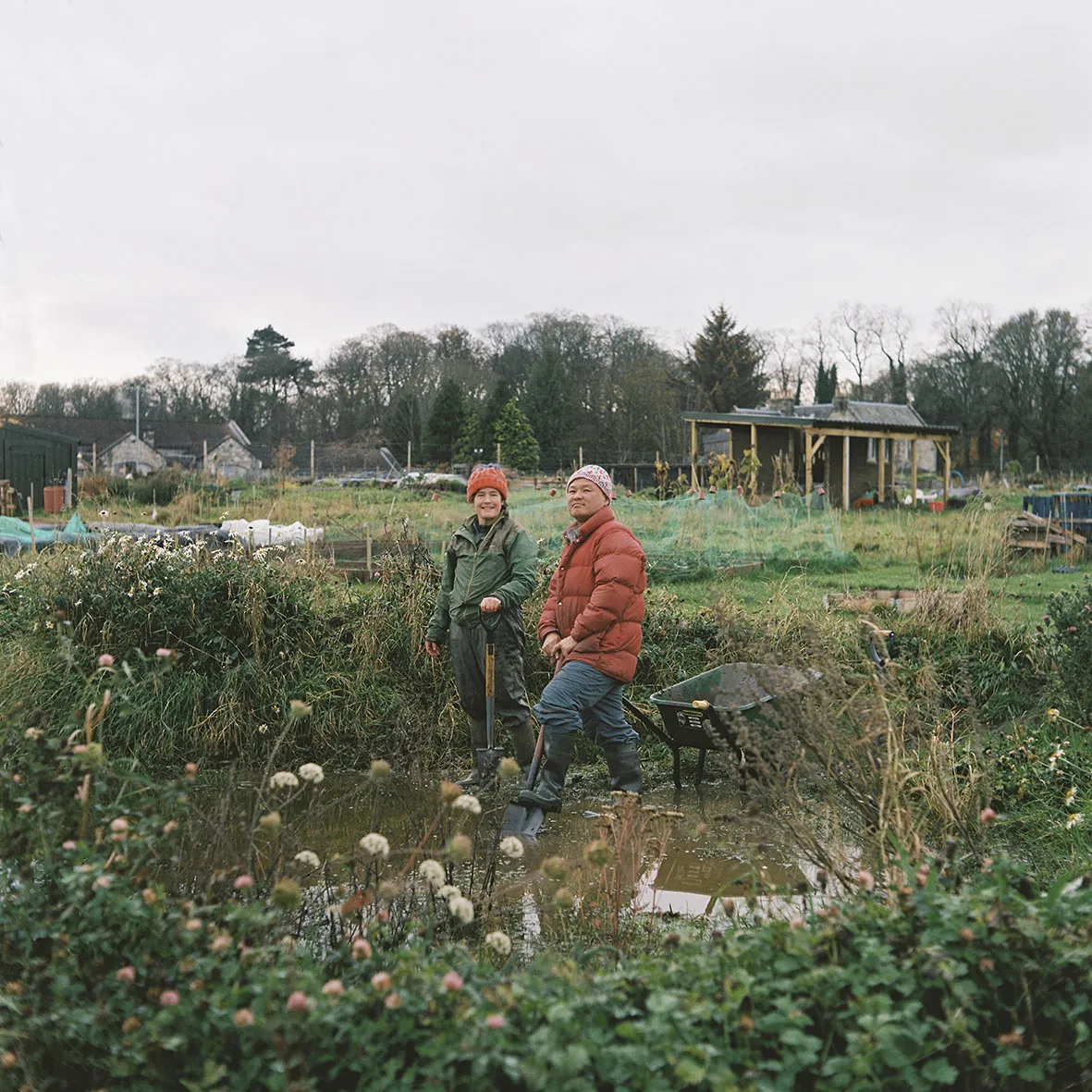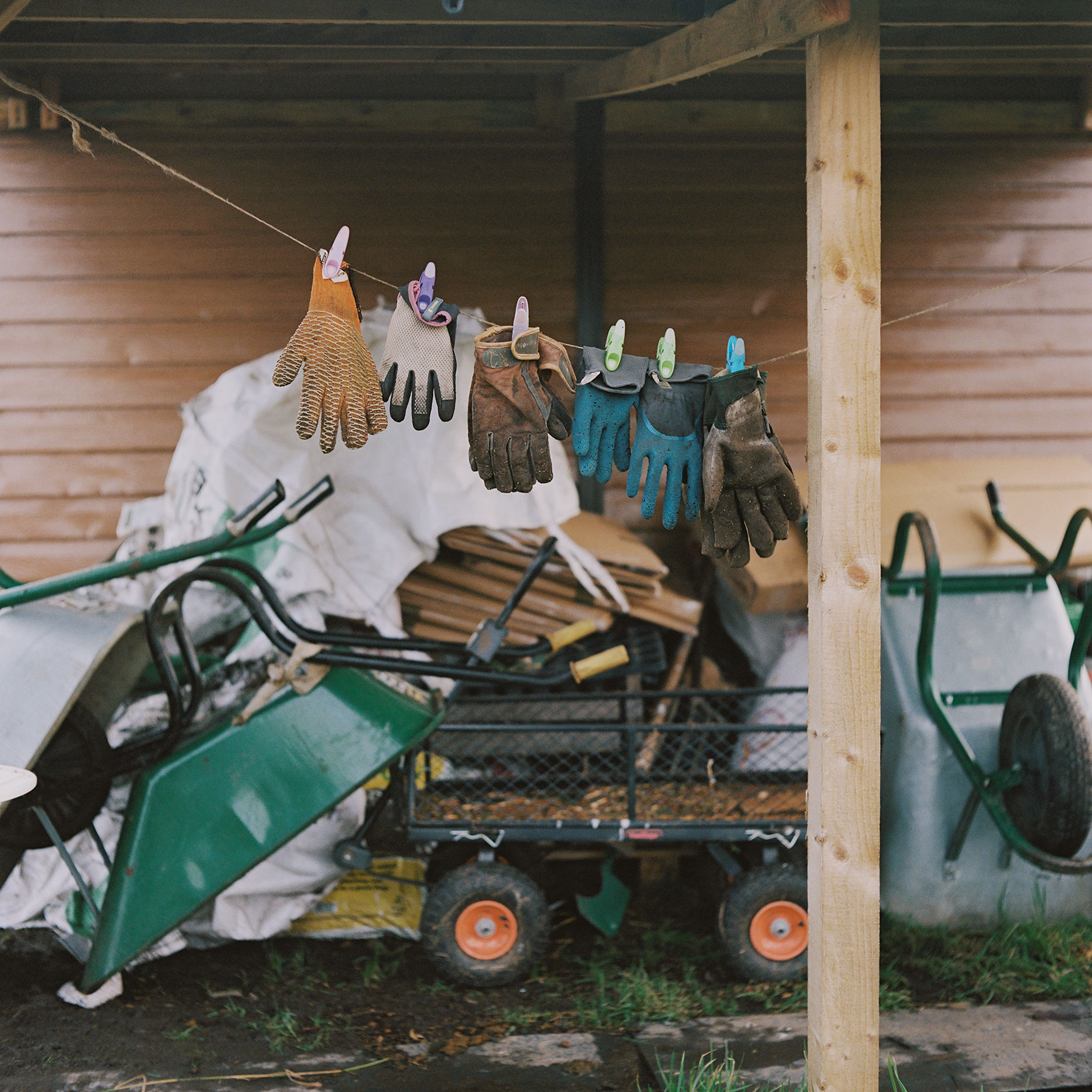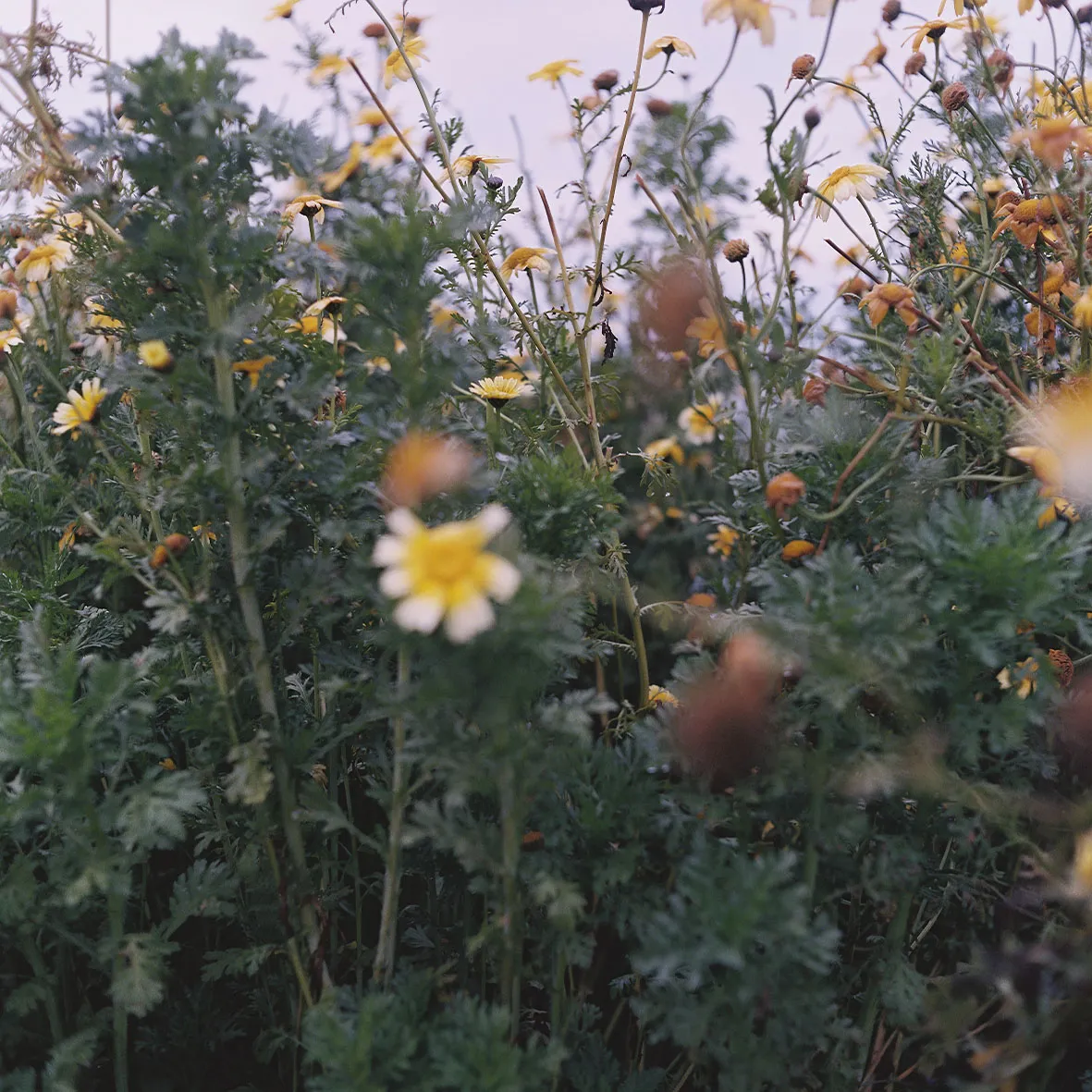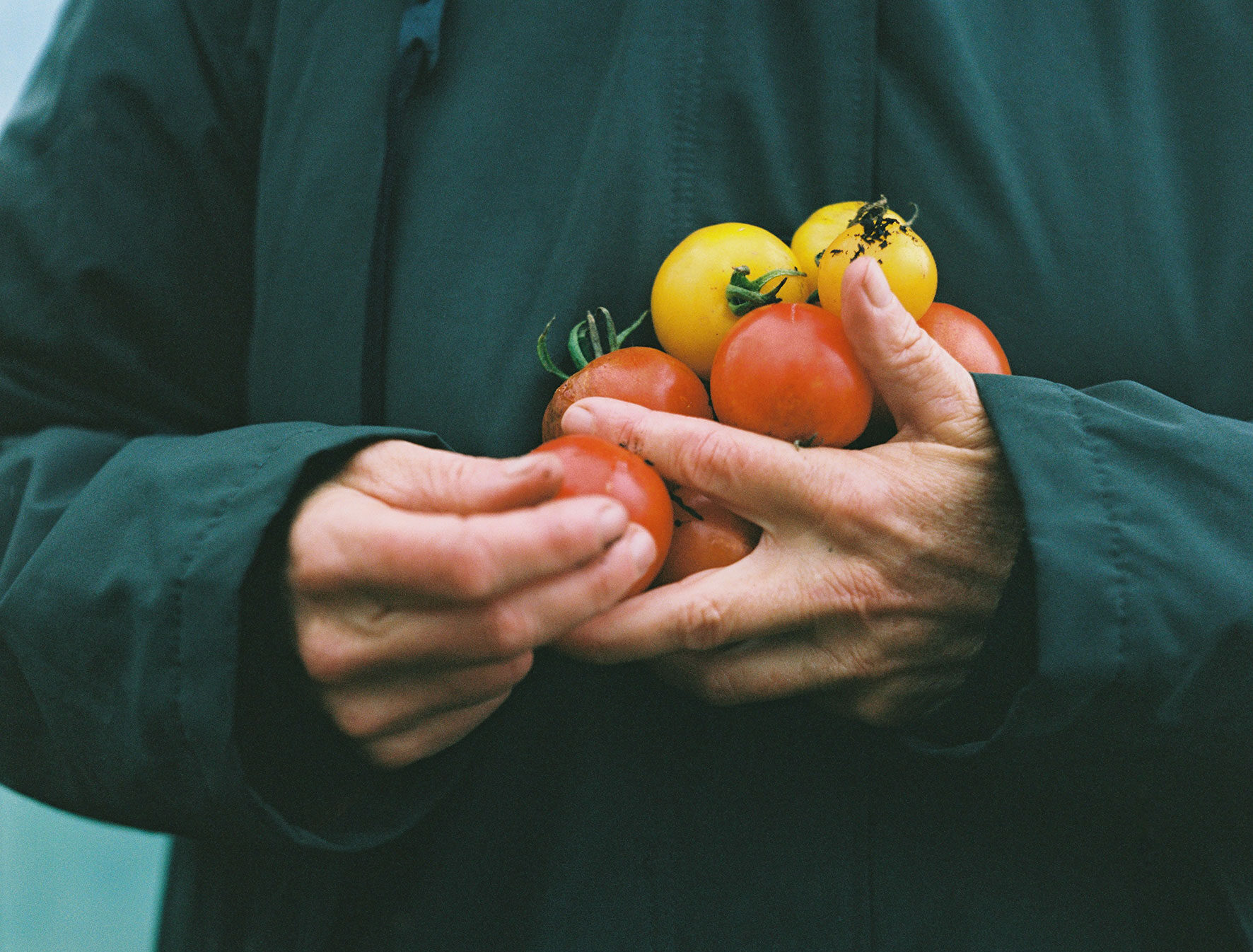-

Related Stories
Read Story →
Related Events
-

Exhibition | Celebrating our Custodians of Soil and Sea: The Complete Collection of Photography and Poetry
PAST: 3 April - 22 June 2025 @ Royal Photographic Society, Bristol
Read more → -

Launch Party | Celebrating our Custodians of Soil and Sea: The Complete Collection of Photography and Poetry
PAST: 3 April 2025 @ The Royal Photographic Society, Bristol
Read more → -

Cultivating Equality: The Exhibition
PAST: 27 April - 21 July 2024 @ Street Level Photoworks in Glasgow
Read more → -

Cultivating Equality: Regenerative Conversations
PAST: 11 May 2024 @ Street Level Photoworks in Glasgow
Read more →



